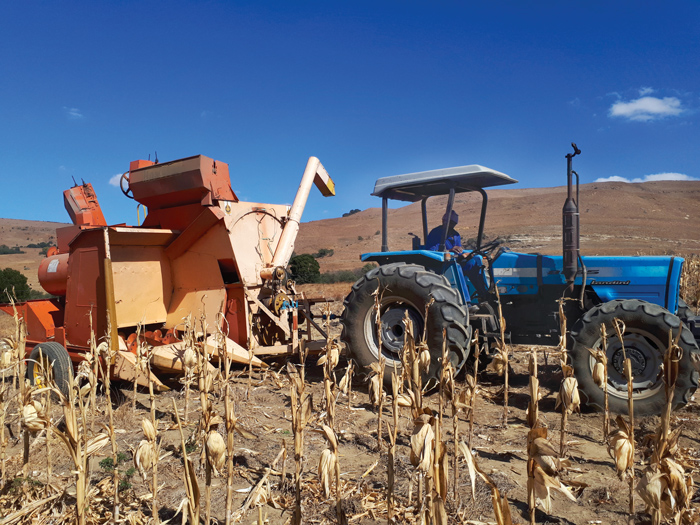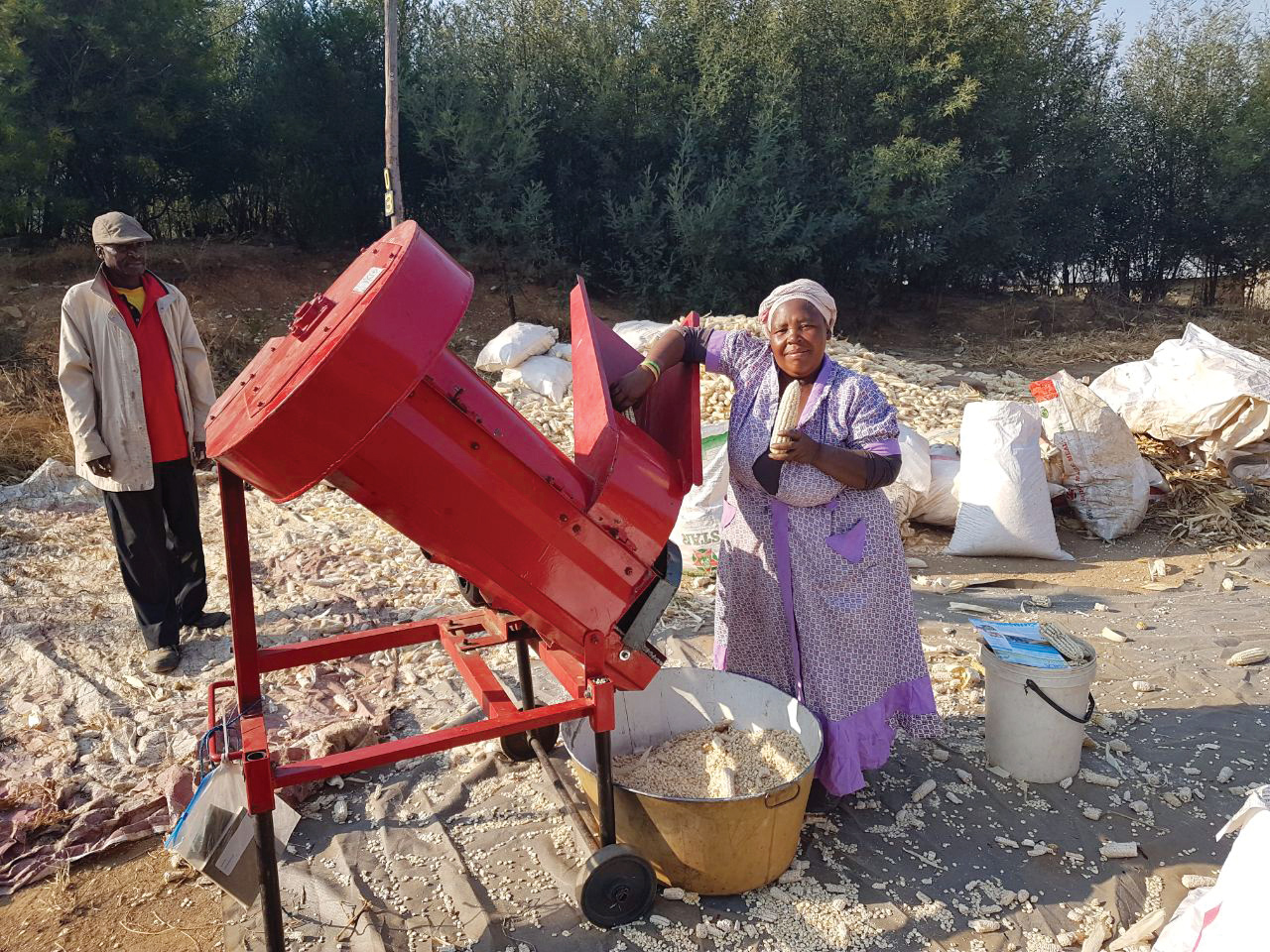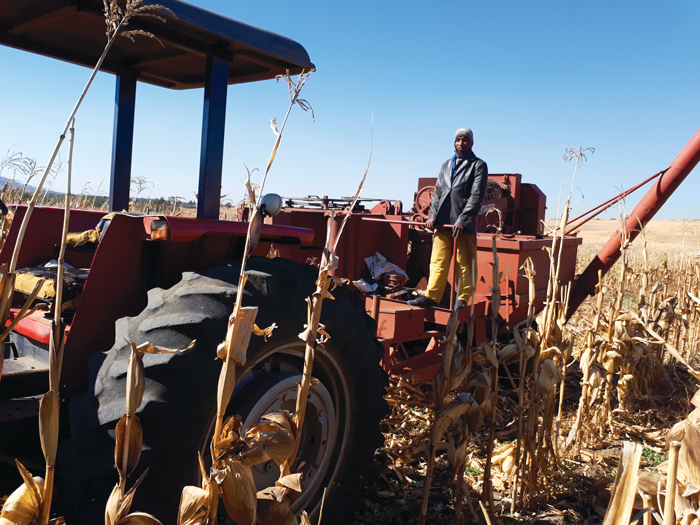May 2021
| Jenny Mathews, Pula Imvula contributor. Send an email to jennymathews@grainsa.co.za |  |
Farmers want to harvest and sell every kernel they produce. Proper maintenance and adjustments during harvest time are critical in achieving this. Preventative maintenance is an ongoing and regular care plan which is executed by farm owners or the farm workers.
Most of the summer grain growing regions have seen an abundance of wet weather during the season, and for a change most farmers are looking forward to an abundant harvest time. We were doing some calculations recently; and realised that our tractors, trailers, combine harvesters, de-bulking equipment and threshing machines are going to work harder than they have in a very long time. They will likely cover many kilometres and carry countless heavy loads.
We need to be extra certain that the machines can cope and get our crop safely to the market place, because any downtime during the harvesting processes will end up being very costly.

Jurie Mentz made this farmer stop the harvester to check the beaters as too much grain was filtering through. Guidance is one of the advantages of the Farmer Development Programme.
PREVENTATIVE MAINTENANCE GOALS
Grain producers are fine-tuning their equipment now to reduce mechanical delays, improve performance, assure a safe harvest and maintain grain quality once they start combining the crop.
A few hours spent with combines, augers/conveyors, dryers and storage bins will usually have a considerable payback in the form of time saved and reduced deductions at the point of sale. All equipment that will come in contact with the grain, as it moves from the field to the storage bins or silos, should be thoroughly cleaned prior to harvesting to minimise mould and insect infestations, and to protect the purity of individual corn varieties or seed lots. Combines, hauling vehicles, conveyors, drying equipment and storage bins should be thoroughly cleaned before the rush of harvesting begins.
If you plan on storing your own grain, then thoroughly clean out all grain bins, especially caked grain that will contaminate the new crop. Sweep down walls, ladders, ledges and floors inside grain bins to remove old grain and fine material, where insects and mould spores can be waiting to invade the incoming crop.

Harvesting at Driefontein in the Donkerhoek-area. (Photo taken in 2017).

Harvesting using a mechanical threshing machine.
COMBINES
Assuming the combines were thoroughly serviced and cleaned after last season’s harvest, the following problems should have been addressed already:
All these issues need to be check-listed before the harvest begins. Pre-harvest check and grease all bearings once again. All this applies to small and larger threshing machines and combine harvesters. If you have a self-propelled combine, perform a complete service including oil change and filters replaced.

Harvesting with slattery.
TRAILERS
De-bulking trailers
Check the following:
For transporting the crop
Check the following:
Publication: May 2021
Section: Pula/Imvula